

Details page

Poetry, Ink Rhyme, Horse Tracks, Mountain - Calligraphy Invitational Exhibition Officially Opens
Release time:
2019-09-23 14:28
Majishan, also known as Mashan and formerly as Fu Jiao Shan, is the second largest island in Taihu Lake. It stands majestically in the northwest of the great lake, one of the seventy-two peaks of Taihu Lake, shaped like a steed. According to Fang Yu Ji Yao, its "western foothills are known as Xi Qing, with towering rock walls and horse tracks below, hence the name." Legend also states that the hoofprints on the rock face were left by the horses of Qin Shi Huang during his inspection tour. The mountain boasts numerous historical sites, including the summer palace of King Helu of Wu, Panma Bay where Xi Shi accompanied King Fuchai of Wu, the refuge of Emperor Guangwu of the Eastern Han Dynasty, Xiangfu Temple where Emperor Qianlong of the Qing Dynasty stayed during his southern tour, the refuge of Han Shizhong during the Southern Song Dynasty, and the War Drum Mound. During the Taiping Heavenly Kingdom era, it served as a military base for Li Shixian, the servant king, in resisting the Qing Dynasty. During the Anti-Japanese War, it was a revolutionary base area in the Taihu Lake region. After the land reclamation project surrounding the lake in 1969, it became a peninsula. The mountain produces fruits, especially high-quality oranges and bayberries.
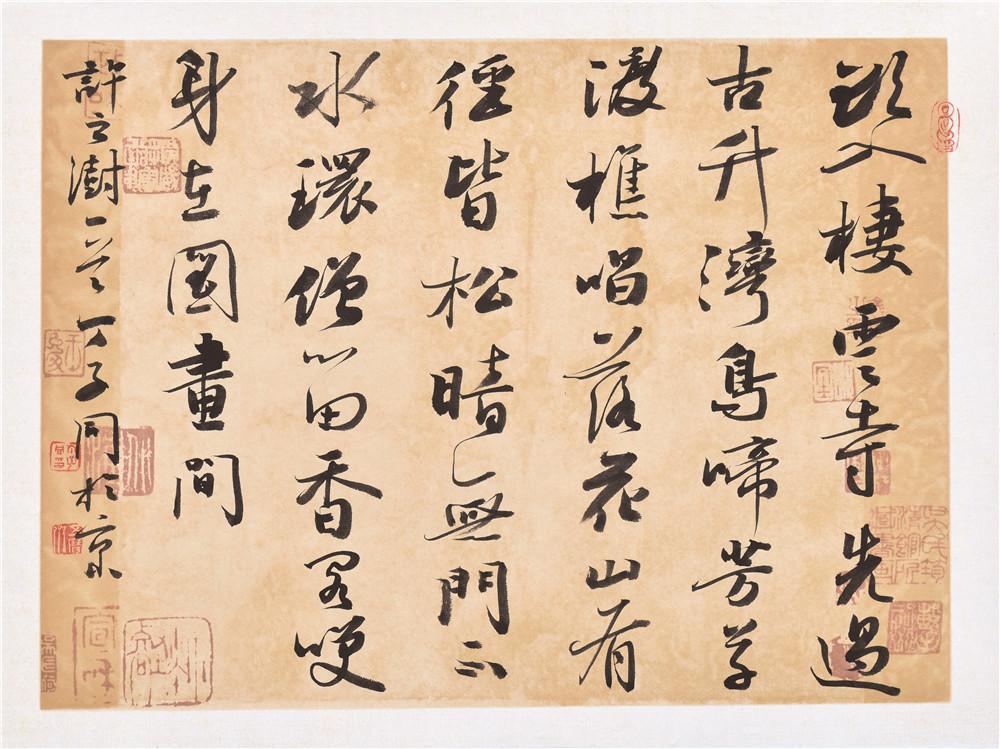
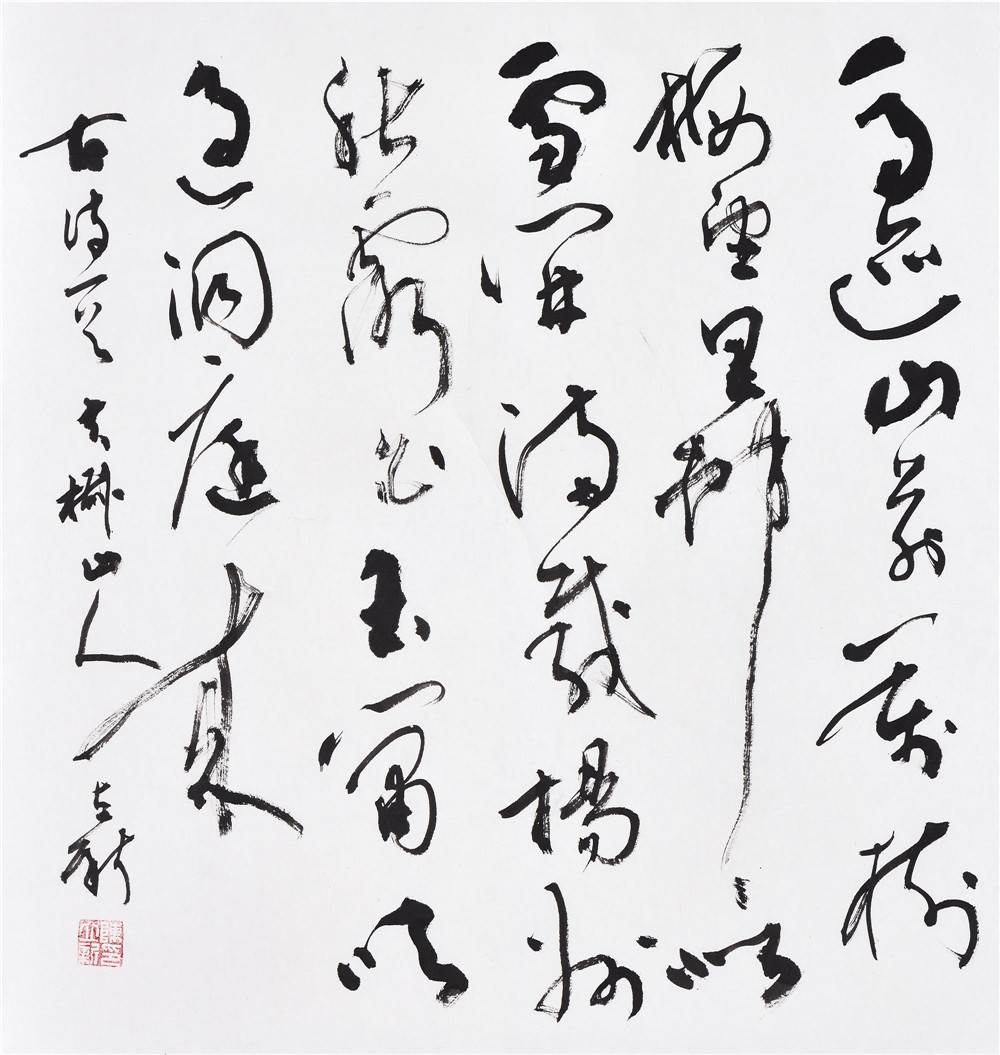
Majishan has a long history, with undulating peaks, towering ancient trees, and beautiful scenery. The island has fertile land and abundant resources, making it the preferred destination for literati and scholars to tour the scenic spots of Taihu Lake and for famous people to retreat to the countryside throughout history. Wang Changling, Pi Rixiu, Lu Guimeng, Fan Zhongyan, Lu You, Fan Chengda, Tang Yin, and Zhao Yi all visited and wrote immortal poems here. Song Dynasty scholars Xu Shuwe and Sun Xi also retreated here, leaving behind such historical sites as "Mei Liang Xiao Yin" and "Sun Ke Shan Zhuang". Today, it is a world-renowned tourist destination.
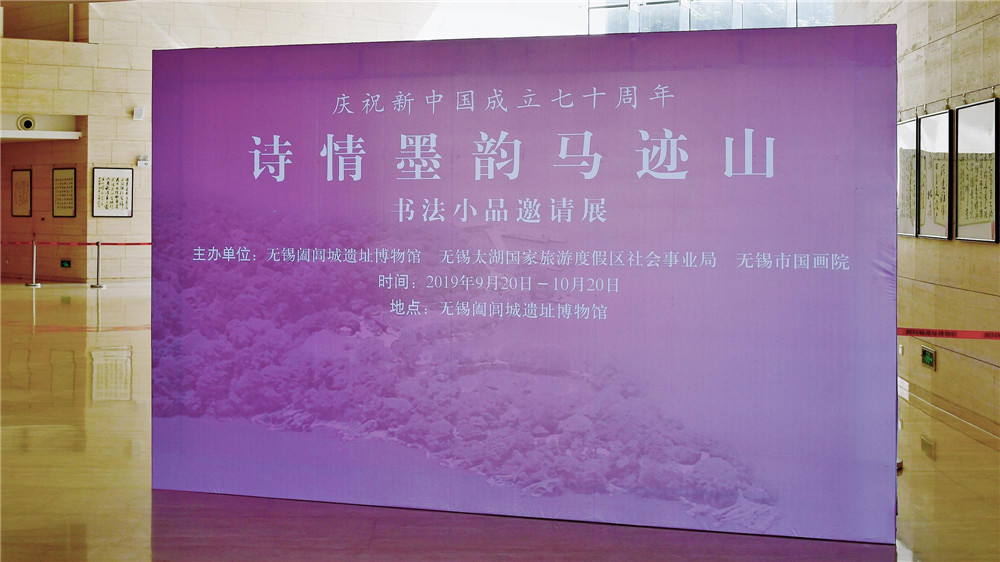
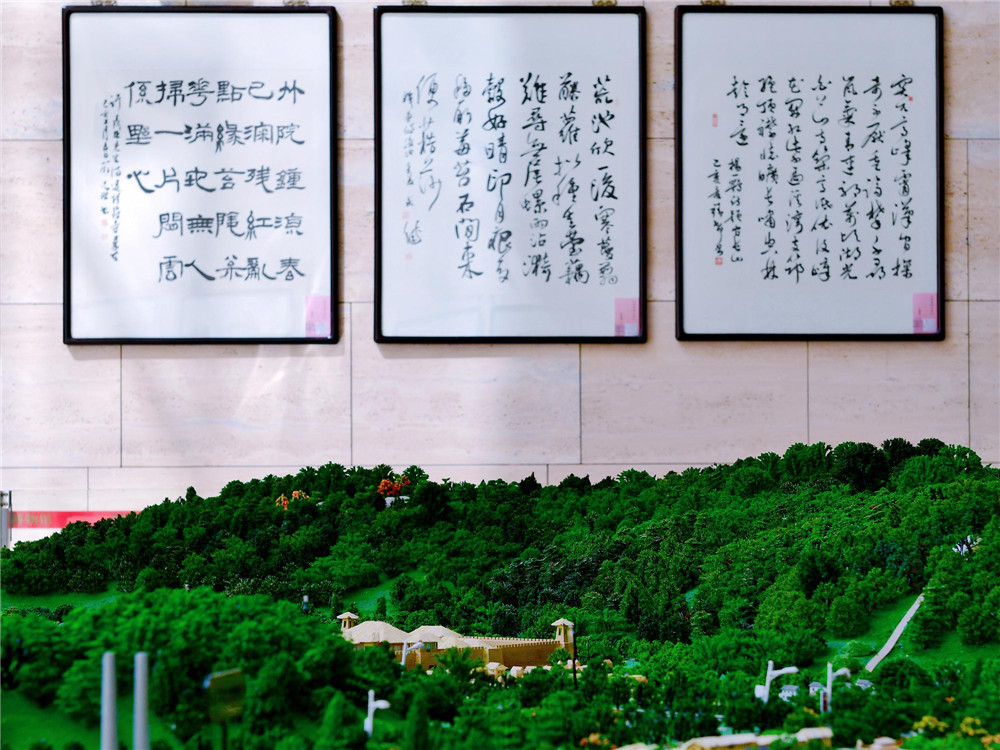
To commemorate the 70th anniversary of the founding of the People's Republic of China, we invited seventy calligraphers from different provinces and cities, representing all generations, to create seventy pieces of calligraphic works. The theme is poems written about Majishan throughout history. The works encompass various styles including regular script, running script, cursive script, seal script and clerical script. Through their brushstrokes, the calligraphers express their sentiments, showcasing the profound cultural history and beautiful natural landscape of Mashan.
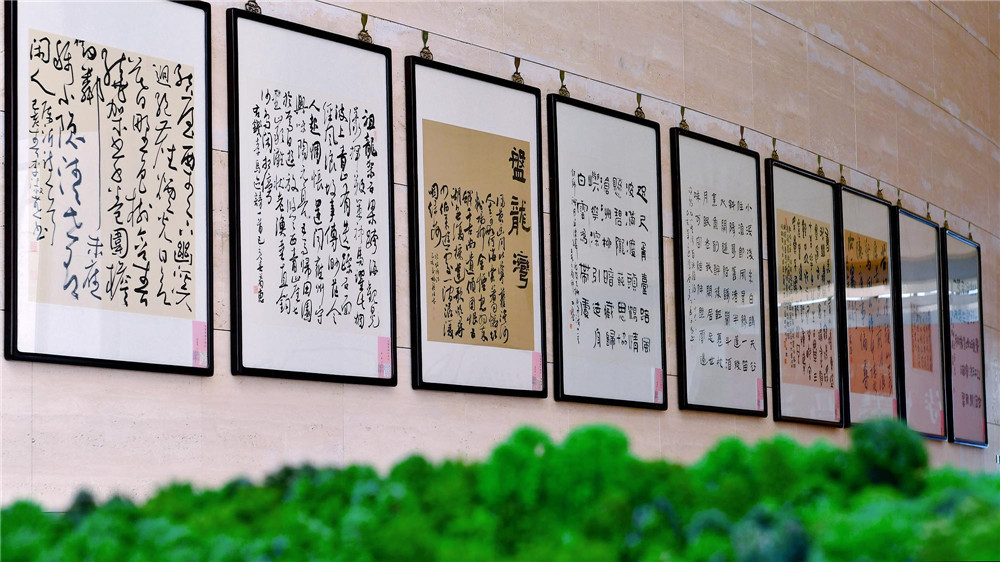
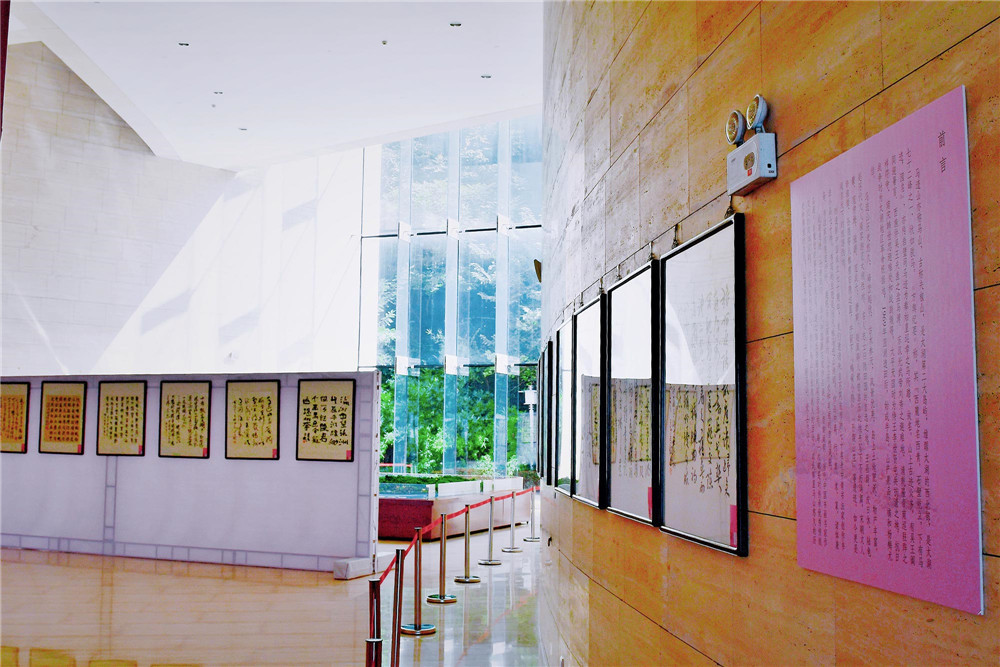
This exhibition is the third one planned after "Danqing Helu—An Exhibition of Works by Contemporary Chinese Painting Masters" and "Moyun Yuanlu—An Exhibition of Works by Contemporary Chinese Painting and Calligraphy Masters." Through these series of exhibitions of paintings and calligraphy, each one represents a concrete practice of inheriting and carrying forward excellent traditional culture. It is also a meaningful activity to promote and introduce Mashan, highlighting its long history and rich culture. The aim is to enable more people to know, understand and fall in love with Mashan.
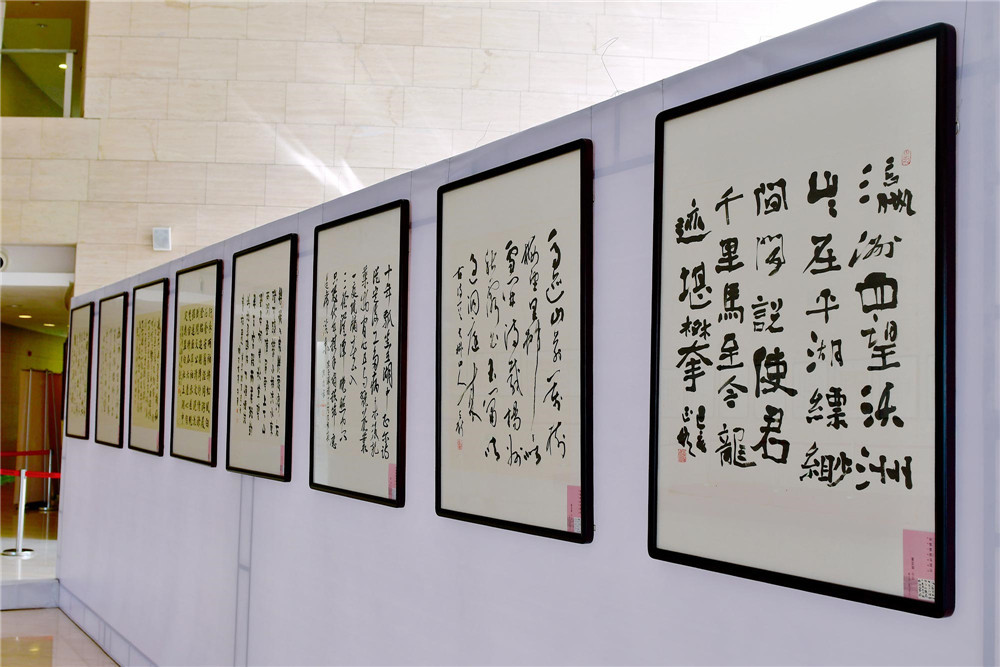
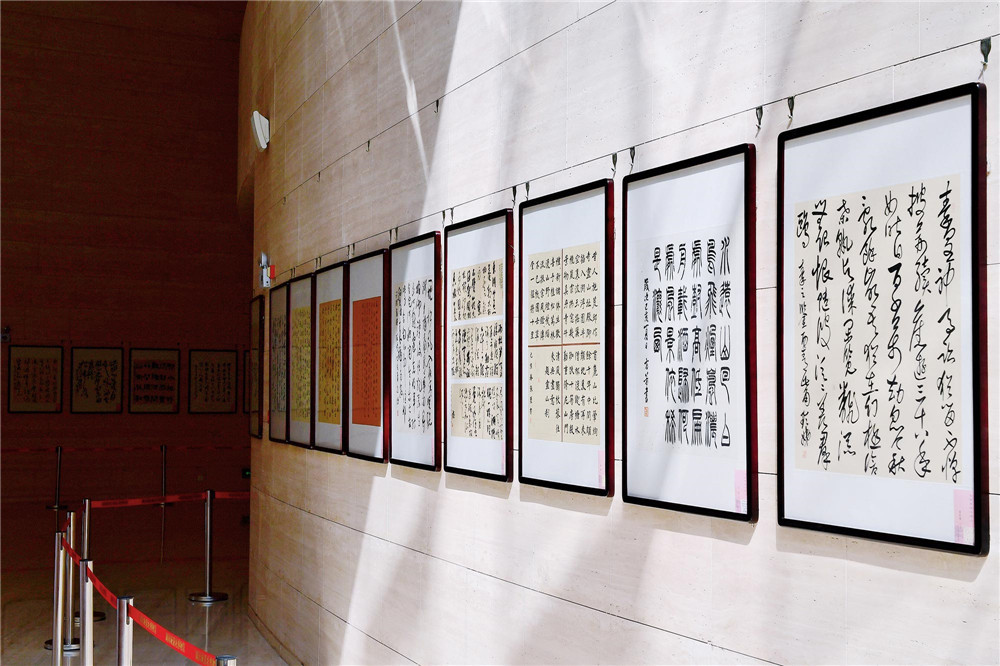

The exhibition officially opened on September 20th and will last for a month.
Next Page
